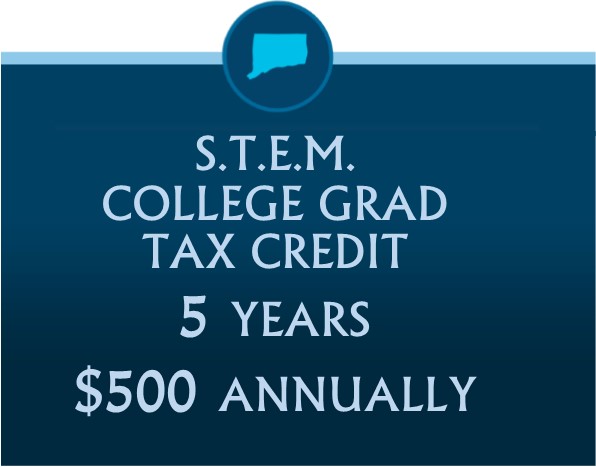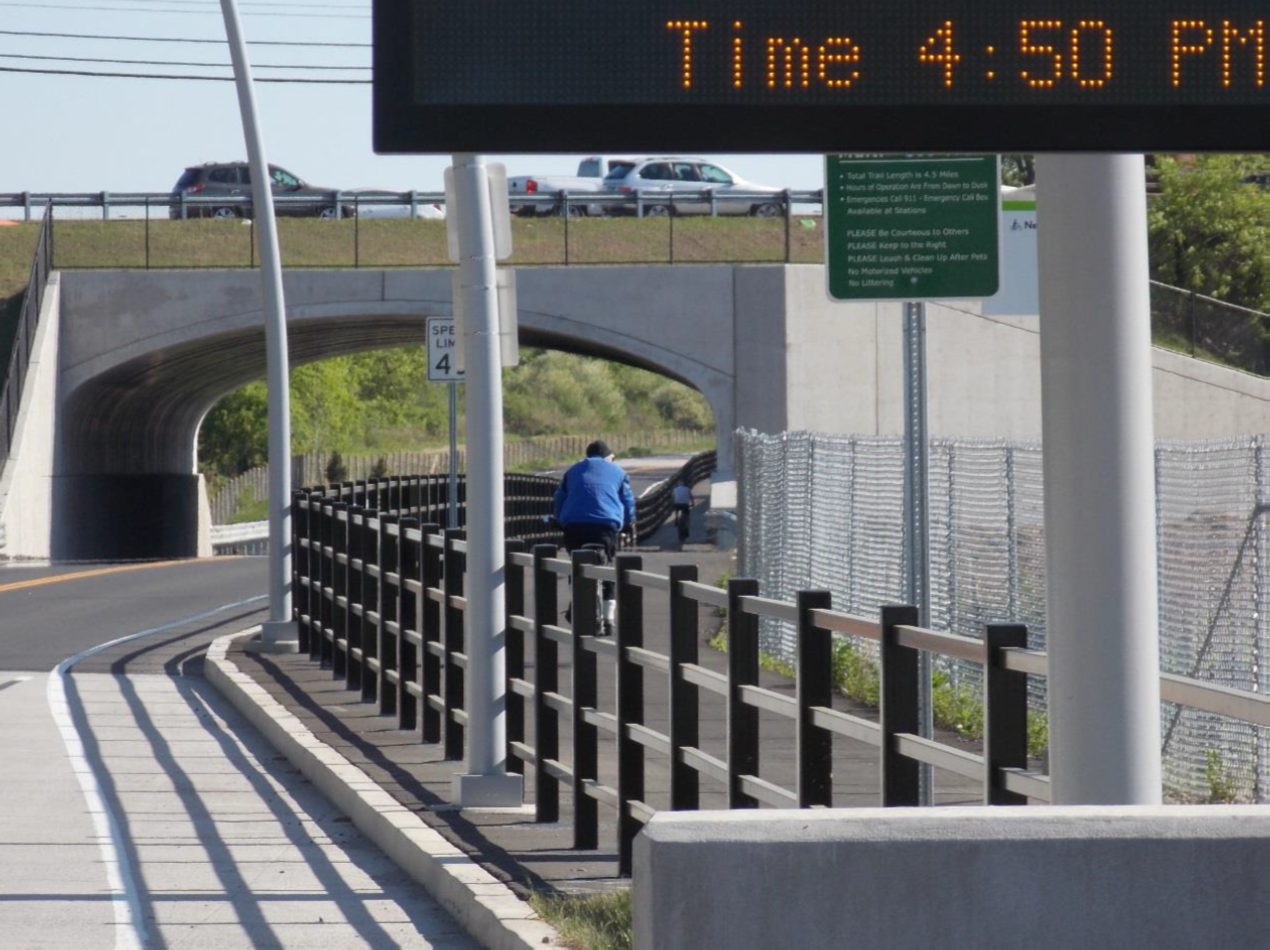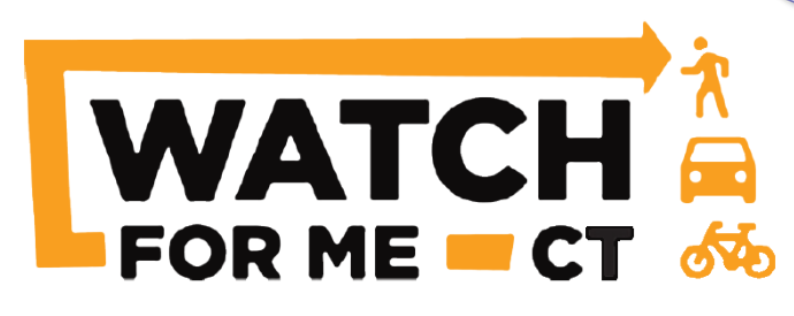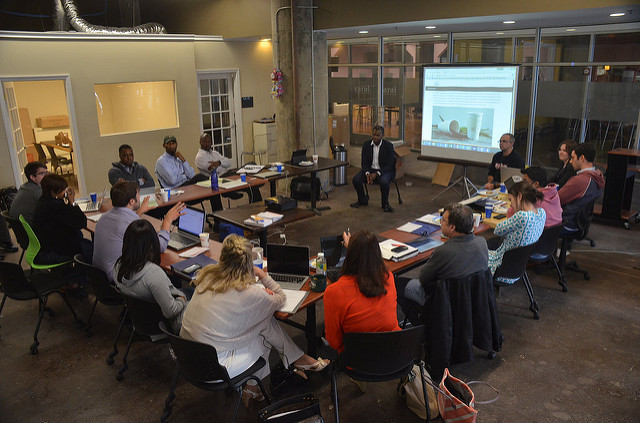New Tax Credit of $500 Annually for 5 Years Offered to STEM Graduates Working in CT
/Passed by the state legislature over a year ago as part of the 2017 state budget compromise, a new tax credit aimed at keeping college graduates in the technology fields in Connecticut – and attracting young professionals to the state - becomes effective this year. It is a “refundable personal income tax credit for college graduates who are employed in the state; receive, on or after January 1, 2019, a bachelor’s, master’s, or doctoral degree in a science, technology, engineering, or math (STEM) field; and live in Connecticut or move here within two years after graduating.” The credit is $500 and may be claimed in each of the five years after graduation.
The initiative is new to Connecticut, but not New England. Maine has had a similar initiative for a decade, Rhode Island for more than a year.
The tax credit approved in Connecticut was advocated by House Speaker Joe Aresimowicz. Testifying at the State Capitol in support of the proposal in March, 2017, the president of the Connecticut Conference of Independent Colleges, Jennifer Widness, pointed out that “projections included in our state’s Strategic Master Plan for Higher Education indicate that by 2025 Connecticut’s economy will require a workforce in which 70% will have some education beyond high school. Hitting that 70% target will require production of 300,000 more graduates than the current rates of production will yield.”
In his testimony supporting the proposal in 2017, State Rep. Christopher Rosario of Bridgeport noted that “This is not a new concept. Over the years, we tried to find ways to provide incentives for our constituents to not only pursue higher education, but to continue to live and work in our state.” Added Milford State Rep. Kim Rose: “This is a way to not only encourage student success in our state, but also attract creative new ideas that add to our economy. Student success is Connecticut’s success, they are the future of tomorrow.”
The program in Maine is broader, and was started in 2008 as a retention tool for young professionals already living in Maine, CNN reported recently. It has been revised through the years into a tool to attract young workers in the STEM fields. The Opportunity Maine Tax Credit reimburses student loan payments for college graduates who live and work in Maine.
The state’s website declares” “The State of Maine recognizes the investment you've made in your education, and has puts its money where its mouth is – come here to live and work, and the State will reimburse your student loan payments via the Opportunity Maine Tax Credit.”
When you move to Maine, CNN reported, the money you spend toward paying your student loan debt each year is subtracted from your state income taxes. For instance, if you pay $1,800 toward your loan and owe the state $2,000 in taxes, you’ll only end up paying Maine $200.
Rhode Island reopened their Wavemaker Fellowship Program last year. The program offers tax credits for taxpayers who work in a science, technology, engineering or mathematics (STEM) field at a Rhode Island-based employer. The credit is equal to the taxpayer’s annual loan payments -- up to $1,000 for an associate degree, $4,000 for a bachelor degree, and $6,000 for a master’s degree or higher. Taxpayers may use the credit to pay their state income tax, receive a refund of the credit amount, or both.







 The startups include:
The startups include:


 The University of Saint Joseph (USJ)
The University of Saint Joseph (USJ)  The accelerated change in attitude at DOT since Redeker took the helm in 2011 was evident in his being warmly introduced as a friend prior to his keynote address – not the adversary that previous vehicle-centric commissioners may have been. He went on to highlight the department’s work on state projects, and in concert with municipalities, that is steadily transforming Connecticut into a more pedestrian and bike-friendly state.
The accelerated change in attitude at DOT since Redeker took the helm in 2011 was evident in his being warmly introduced as a friend prior to his keynote address – not the adversary that previous vehicle-centric commissioners may have been. He went on to highlight the department’s work on state projects, and in concert with municipalities, that is steadily transforming Connecticut into a more pedestrian and bike-friendly state.







 The comprehensive assessment of Hartford’s ecosystem also noted that “Hartford’s [startup] founders claim to have the right ambition to go global,” concluding that “Hartford’s startups have more potential to strengthen Global Market Reach and Global Connectedness.” In a number of areas analyzed in the assessment, Hartford is seen as having potential to strengthen the local startup community, its reach beyond Hartford, and the demographic of startup teams.
The comprehensive assessment of Hartford’s ecosystem also noted that “Hartford’s [startup] founders claim to have the right ambition to go global,” concluding that “Hartford’s startups have more potential to strengthen Global Market Reach and Global Connectedness.” In a number of areas analyzed in the assessment, Hartford is seen as having potential to strengthen the local startup community, its reach beyond Hartford, and the demographic of startup teams.




 The VentureClash competition started with applications from 300 companies from more than 15 countries. After two rounds of judging, nine finalists were named, and they then went on to compete at the live pitch event. The judges included investors and subject-matter experts from Greycroft Partners, Oak HC/FT, Real Ventures, Stanley Ventures, Teamworthy Ventures, Travelers and the Royal Bank of Scotland.
The VentureClash competition started with applications from 300 companies from more than 15 countries. After two rounds of judging, nine finalists were named, and they then went on to compete at the live pitch event. The judges included investors and subject-matter experts from Greycroft Partners, Oak HC/FT, Real Ventures, Stanley Ventures, Teamworthy Ventures, Travelers and the Royal Bank of Scotland.



























